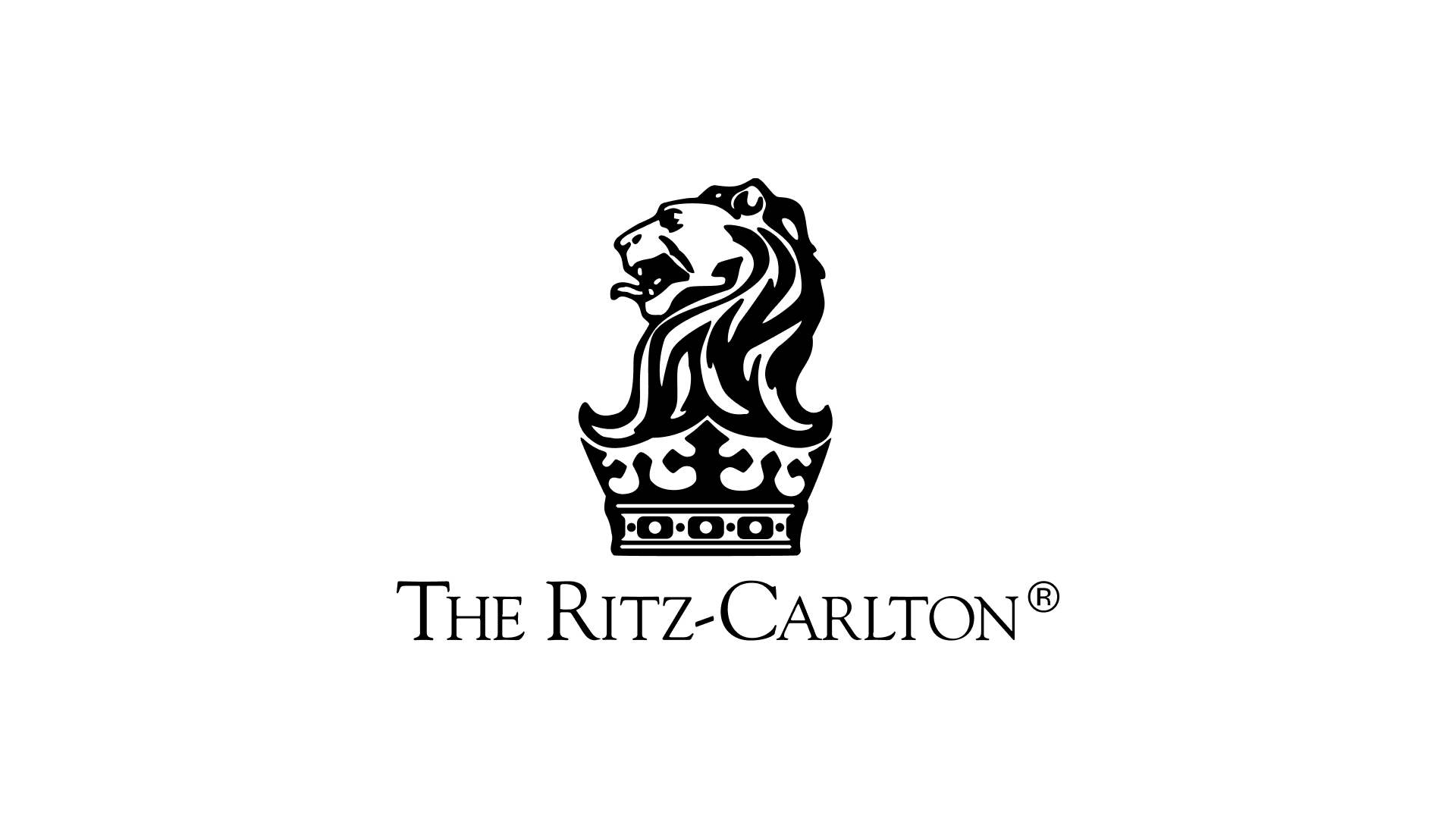At Simply Contact, we provide the best outsourced customer support tailored to your brand and business field. Reach out to us, and we will help you put the customer first and earn their trust.

Putting customers first requires significant effort. This involves investing in quality service, training your team, taking customer feedback seriously, and much more. However, over time, the payoff becomes increasingly obvious: customers trust you more, remain loyal for longer, and recommend your brand to others. The customer-centric approach helps build long-term relationships and growth.
In this article, we'll take a closer look at what a truly customer-centric strategy entails—from proactive support and accountability to protecting customer rights and delivering comprehensive service. We'll cover the core principles of a customer-centric approach and demonstrate how to introduce them to your operations.
Customer oriented meaning explained
Interesting fact: 58% of customers are ready to pay more for better service. On the flip side, a single negative interaction can cost you their loyalty, even if they've been with your brand for years.
According to PwC research, 37% of respondents say they would stop using a company's services due to a bad customer experience, regardless of their previous loyalty and prices.
Today, more than ever, all customers crave a genuine human touch in service. They don't want just scripted and indifferent responses.
So what does it mean to be customer-oriented? How is this approach fundamentally different from other traditional customer service models?
What does customer service-oriented mean?
Customer centricity is a business philosophy that puts customer needs, expectations, and satisfaction first at all levels of the organization. It means that your services, products, and customer interactions should be designed with what truly benefits the customer in mind, not just what is convenient for your company.
A customer service-centric approach aims to create meaningful, helpful, and human interactions throughout the customer journey. It includes proactive support, personalized communication, responsiveness, and genuine care.
Traditional customer service is typically straightforward: a customer has a problem, and the support team resolves it (ideally, quickly and politely). A customer-focused approach is more proactive. Instead of simply fixing problems as they arise, the company attempts to anticipate and prevent potential issues, seeking ways to foster long-term, mutually beneficial relationships with its customers.
| Traditional customer service | Customer-oriented approach |
| Reactive problem-solving (“Customer has a problem? Okay, let’s fix it and move on.”) | Proactive support and anticipation of needs (“How can we help before something goes wrong? What else could improve their experience?”) |
| Transactional interactions (“Here is your answer. Next!”) | Relationship-building mindset (“We should build trust, not just solve one issue.”) |
| Siloed in support departments (“Support is their job, not ours.”) | Embedded across the entire organization’s departments (“Everyone from marketing to product should care about the customer.”) |
| Short-term gratification (“As long as they’re not mad today, we’re doing well.”) | Long-term loyalty and emotional connection (“We want them to love our brand and stay with us.”) |
| Standardized responses (“This is your script. Stick to it.”) | Personalized experiences (“What does this customer really need right now?”) |
Do you feel the difference? A customer-centric company does more than just "deliver" services. Such a company puts its customers at the center of decision-making. It is the real answer to the question: What is customer orientation?
The mindset behind customer orientation
A customer-oriented mindset is more than just polite and friendly service. It's a systematic approach that drives long-term loyalty and growth. What does this approach include?

Empathy and understanding
Empathy is a vital component of the customer-oriented mindset. This soft skill enables agents to understand not only the customer's needs, but also why they're there. It improves problem resolution, reduces conflict escalations, and increases satisfaction.
Proactive customer support
A customer oriented person doesn't wait for problems to arise; they use data, customer history, and patterns to prevent issues. Proactive communication (reminders, follow-ups, updates) reduces incoming calls and builds trust.
Accountability and ownership
Each team member takes responsibility for resolving customer issues. It minimizes calls, speeds problem resolution, and enhances the overall customer experience. The result? Customers trust your team and rely on your service with confidence. Customer trust is a vital component of the customer service oriented definition.
Team alignment around customer goals
True customer centricity means that every team, from product to sales, understands what the customer wants, needs, and faces. When all teams are aligned, interactions with customers also feel aligned. It helps to solve customer issues more effectively.
Why customer orientation matters
Today, everyone talks about the importance of "customer focus." But what does this mean in practice? It's not just about "being polite" or "solving issues quickly." It's about building a business so that customers actually want to stay with you.
Customer retention over acquisition
According to various estimates, attracting a new customer is five to seven times more expensive than retaining an existing one. And if you have already done significant work and attracted someone, isn't it more logical to do everything to ensure that they stay for a long time? A client oriented service helps reduce churn, which in turn maintains stable revenue and increases customer lifetime value.
Simply put: a satisfied customer stays loyal. It means you don't have to continually spend money to acquire new customers.
Long-term revenue growth
Loyal customers not only stay with your company; they buy more often, try new products and services, and calmly accept upsells. They trust you. It means you can build a stable income stream without constantly chasing sales opportunities.
While someone launches another advertising campaign, you simply work with those who have already chosen you.
Brand trust and differentiation
In crowded markets, products, services, and prices often look very similar. What sets you apart is how you engage with your customers. When customers feel comfortable with your support team—when agents truly understand their needs and respond with genuine empathy—customers are much more likely to remain loyal. This approach helps you retain customers even if competitors offer slightly lower prices.
People remember not discounts, but attitude.
Enhanced satisfaction and loyalty
When customers receive real help, not just basic service, they're more likely to recommend your brand to others. This genuine word-of-mouth is free, sincere, and highly effective advertising. The better your service, the less you need to rely on paid ads and other external marketing channels.
People trust people, not banners.
Stronger competitive edge
Customer-focused companies quickly identify issues and respond promptly. There are no lengthy approvals or handoffs between departments. Everyone is aligned around the same goals. Teams that focus solely on processes instead of people often lack genuine agility.
When the customer is at the center, teams move faster and fewer decisions end up "on the table.
At Simply Contact, we turn service into lasting relationships. Contact us for a customer service team that genuinely cares.
Book a consultation
Core traits of customer-oriented teams
What are these teams like? Here are the four key pillars of high-quality customer-focused support:
Active listening
Agents listen carefully to customer feedback and problems to understand what matters to them. For example, if someone complains about a long delivery time, the team immediately looks for a way to resolve the issue.
Cross-functional collaboration
Sales, support, and development departments collaborate closely to support customers at every stage. For example, if tech support notices a recurring problem in the customer service, they promptly inform the developers.
Personalization at scale
What does this mean? The team uses data to offer each customer what suits them. For instance, if a customer often purchases sports gear, they receive targeted promotions for those products. This personalization is based on automation and smart algorithms, allowing the company to deliver tailored experiences to each customer (even when serving hundreds of thousands of people).
Problem-solving as a service standard
The team not only fixes problems, but does so quickly and with care. For example, suppose a customer's product is damaged or they are dissatisfied with the service. In that case, the customer service agents will not only resolve the issue but also explain how to prevent similar situations in the future.
How to build a customer-oriented culture?
Set clear service principles
Start by establishing clear rules and standards that will help your entire team understand how to work with customers. It is your foundation for a clear and aligned customer service approach, which is essential for a company to be considered service-oriented.

Empower teams to act in the customers' best interest
It is important to give agents the freedom and authority to make decisions that benefit customers. When the agent feels responsible and empowered to make decisions, this directly affects the quality of service.
Use customer feedback as a blueprint
Stay open-minded and listen to what your customers are saying. Social media and other digital platforms are full of valuable insights that can help you enhance and grow your customer service.
Recognize and reward client oriented service
It is essential to give your team the freedom and authority to make decisions that prioritize customers. When agents feel responsible, service quality improves naturally. Promote a customer-focused mindset and train your team to follow it.
Outsource customer support to a proven partner
You don't have to assemble an in-house support team. It is a time-consuming and expensive process. A trusted outsourcing partner can deliver expert customer service while maintaining your brand's consistent voice. At Simply Contact, we take full ownership of delivering high-quality customer support, enabling you to focus on growing your business.
Involve leadership in customer experience
Leaders and managers should play an active role in shaping the customer experience, showing through their actions that customers truly come first. It's a great way to inspire the rest of the team.
Measure success through customer service driven metrics
Track success using customer-focused metrics, such as satisfaction, retention, feedback, and resolution time. These insights show what's working and what you need to improve.
Examples of customer orientation in action
"Customers first" is more than just a catchphrase. It's something that runs through every part of the business, from team culture to daily employee actions. Below are two great examples of customer orientation in action.
Ritz-Carlton
Ritz-Carlton is not just a luxury hotel chain. It is a brand built around the idea of exceptional hospitality. Here, every aspect of the customer experience is thoughtfully designed, and each guest is welcomed as a VIP.

Below are the main service principles that demonstrate Ritz-Carlton's customer focus:
- Personalized approach. Employees gather guest preferences beforehand. This information is used to create a warm and welcoming customer experience and to exceed guests' expectations.
- High-level training. The employees undergo the Ritz Gold Standard training program, which helps develop empathy, attentiveness, and creative problem-solving skills.
- Proactive customer service. Hotel staff know how to resolve even minor issues before guests are aware of them.
- Shared team responsibility. Every employee, from reception to housekeeping, plays a crucial role in delivering outstanding customer service. It's part of the company's culture.
Zappos
Zappos is a well-known online retailer of shoes and clothing that not only offers a wide range of products but also boasts a unique approach to customer service. Shoppers get more personal attention here than in most in-store clothing retailers.

The core elements of Zappos' customer-oriented service:
- 24/7 support (without scripts). Agents are not limited in dialogue. It means they can talk for at least an hour if the customer needs it. The company's priority is results and customer satisfaction, not time.
- Freedom of action for agents. Customer service agents don't just follow strict instructions. They can make decisions independently, even when it involves processes that go beyond standard procedures. For example, they can spend more time solving the customer's problem if needed.
- Feedback and social media. Customer service teams analyze reviews, comments, and social media mentions to gain insights into customer experiences. They take the feedback into account in their work.
When businesses genuinely care about their customers, they build trust, drive customer loyalty, and strengthen their brand.
Wrapping up: Customer orientation is a company-wide responsibility
A customer oriented approach fosters trust, enhances loyalty, and distinguishes a company in any industry. It's not just about delivering service. Customer orientation is about culture, proper staff training, and enabling agents to act with the customer in mind.
Get fast answers to any remaining questions
Thank you.
Your request has been sent successfully.
Your request has been sent successfully.






